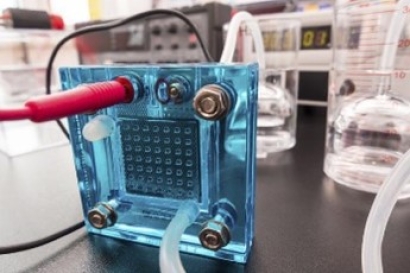
Hydrogen is an important topic in the energy transition. When produced using renewable energy, hydrogen has the potential to provide large-scale decarbonisation solutions in sectors that have been hard to abate. The reduction in costs for producing green hydrogen is propelling the hydrogen economy, a trend that will most likely continue until 2031. According to a new report from Guidehouse Insights, the global capacity for water electrolysis technologies is expected to reach approximately 104.6 GW by 2031, growing at a compound annual growth rate (CAGR) of 62.6 percent.
“Market growth for electrolysers is expected to be driven by factors such as decreasing capital costs, declining feedstock costs, and an overall push for decarbonisation” says Shantanu Chakraborty, senior research analyst with Guidehouse Insights. “Additionally, policies, such as subsidies, limits on fossil fuels, and carbon taxes, can drive the market even further.”
While alternative methods for producing hydrogen through water electrolysis are becoming more desirable and cost-effective, they still face various barriers that stem from regulatory, technical, and economical challenges coupled with the lack of hydrogen infrastructure, according to the report.
The report, Market Data: Electrolyzers, explores the growth and market penetration of water electrolysis technologies that use renewable energy to produce hydrogen. Technologies covered in this report include alkaline electrolysers (AELs), proton exchange membrane (PEM) electrolysers, solid oxide electrolysis cells (SOECs), and anion exchange membrane (AEM) electrolysers.
For additional information:

